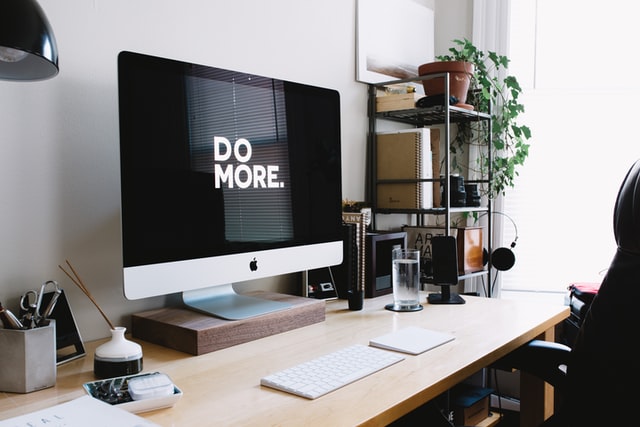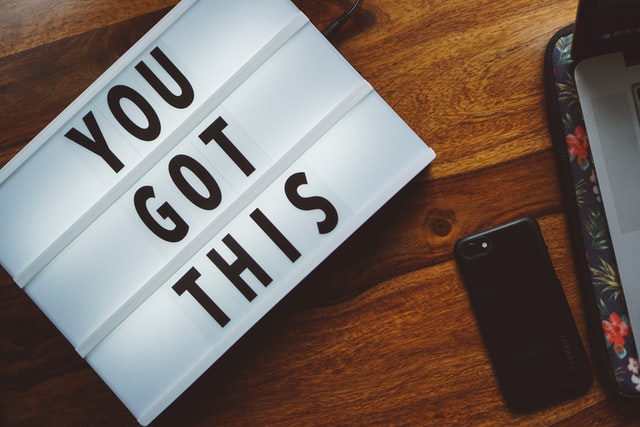Combating Pandemic Fatigue: Symptoms & Solutions
Are You Suffering from Pandemic Fatigue?

You’re not alone. By now you may have heard about pandemic fatigue and its widespread effects around the globe. We’ve especially heard it discussed in a more political sense, within a range of different causes that stem from collective exhaustion from lockdowns, quarantines, and rapidly changing COVID policies and procedures.
At Taylor & Francis, we’ve found it most helpful to examine pandemic fatigue as it pertains to the root feelings beneath the surface of our daily routines and circumstances. Identifying the underlying feelings that are exacerbated by our external world has become an essential way to remedy the undeniable discomfort that so many are still experiencing.
We conducted an internal webinar in May 2021 for all Taylor & Francis employees to discuss the signs and symptoms of pandemic fatigue, and solutions to overcome it. Read the extensive recap below to discover how you can apply the same practices in your academic environments to help your communities flourish in the face of any crisis.
.
What is Pandemic Fatigue?

Pandemic fatigue is a natural, progressive response to the current COVID-19 health crisis that can affect us mentally, emotionally, physically and spiritually. It manifests as fear, lack of motivation, anxiety and depression, excessive tiredness, low self-worth, withdrawal, dissociation, a sense of unreality, and feelings of loss—over events, experiences, time spent with loved ones, and social interactions.
Time spent in isolation during quarantines and lockdowns, and the rapid change from in-person to virtual working has especially intensified feelings of ineffectiveness, guilt, self-sabotage and uncertainty. Despite the booming capacity of digital technology to keep us connected, pandemic fatigue produces an eerie experience of feeling like we have never been farther apart.
.
The Danger of Digital

Whether you’ve been using video technology for personal or professional purposes to nurture our relationships, what takes place in this digital and isolating age is a plausible deniability of one another’s absence. This means our minds are tricked into the idea of being together when our bodies know we’re not. The dissonance created by this phenomenon is exhausting. Trying to keep up with multiple people on the screen, reading their body language, looking at our own reflection in the video frame—all of this means that our brains are constantly searching for patterns that they’ve never scrambled to seek before. In short, our brains have become tired, weary, and easily fooled.
Studies have shown that remote workers and learners are attending 13% more meetings since before the pandemic, with the average workday increasing by at least 50 minutes. Video calls contain a tremendously unnatural amount of eye contact, looking at our own reflection, staring back at ourselves, all while at the same time trying to read someone else. The resulting mental exhaustion is one of the top symptoms of pandemic fatigue, requiring us to prioritize natural buffering times to stay sane. Instead of jumping from one virtual meeting to another, health professionals encourage us to take breaks in between to decompress and recharge.
.
We’re All in This Together

The shared values of a group can always achieve a common purpose. Social cohesion leads to connectedness, so becoming strategic about the new ways we can collaborate is an exciting opportunity for all of us. When we understand the difference between motivating factors and demotivating factors, our workplace relationships will blossom. Some motivating factors include the nature of work, responsibility, advancement, growth and recognition. Demotivating factors include company policies, quality of leadership, pay, work conditions, status and security. Every individual will have different motivating and demotivating factors, so working together to advocate for transparency makes it easier to leverage these in ways that benefit us individually and collectively.
Using support by leaning on one another to navigate discomfort continues to be the #1 way to combat pandemic fatigue both personally and professionally. We can use the support of others to feel less alone and to be reminded that we CAN feel uncomfortable. We’ve likely triumphed over something uncomfortable before, so having others to turn to for a broader focus to help us re-frame our perspectives will almost never fail.
.
Supporting Your Academic Community

We hope this overview has allowed you to feel seen and understood in the challenges we all share. If there is one thing the pandemic has shown us, it’s that having common problems means we can all share common solutions. Whether you use this information to improve your working relationships with librarians, faculty or students, we are sure that applying emotional understanding and patience with ourselves, others, and to any circumstance, will prove beneficial. Practice self-compassion. Give the phone a rest. Allow yourself to make mistakes, tame your inner critic, and don’t compare yourself to others. Focus on what you can control, help where you can, acknowledge technological learning curves, and grow at your own pace. Practice tolerance, embrace uncertainty, and trust that you do possess the power to triumph!
.

To explore additional wellness strategies that can be applied to your academic community, head back to our Academic Wellness Hub.
.
.
.